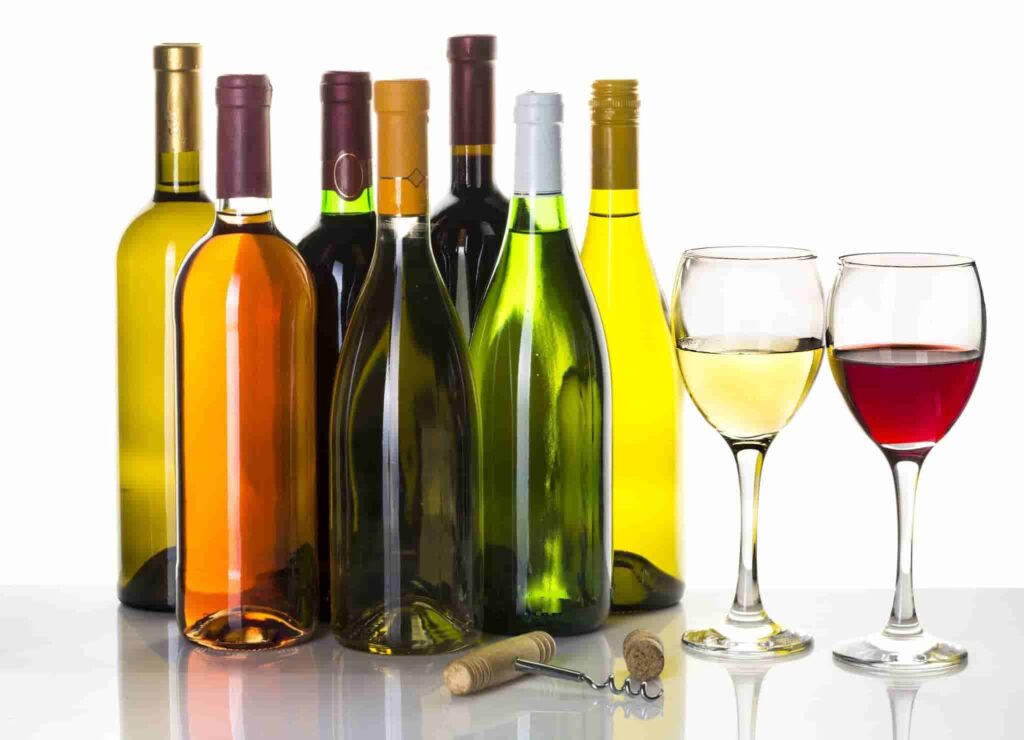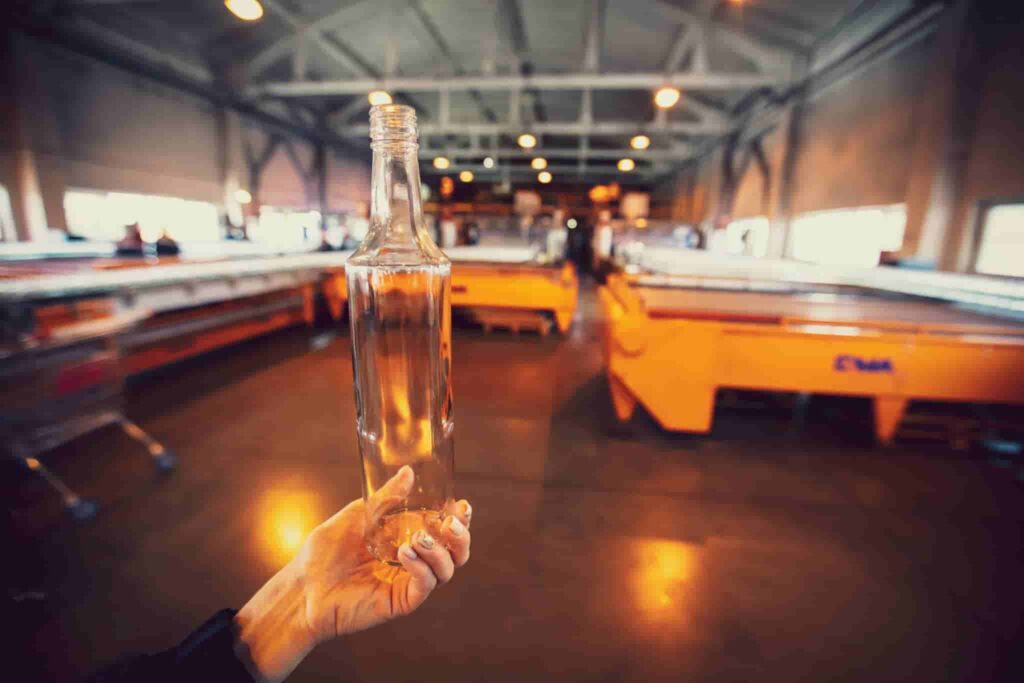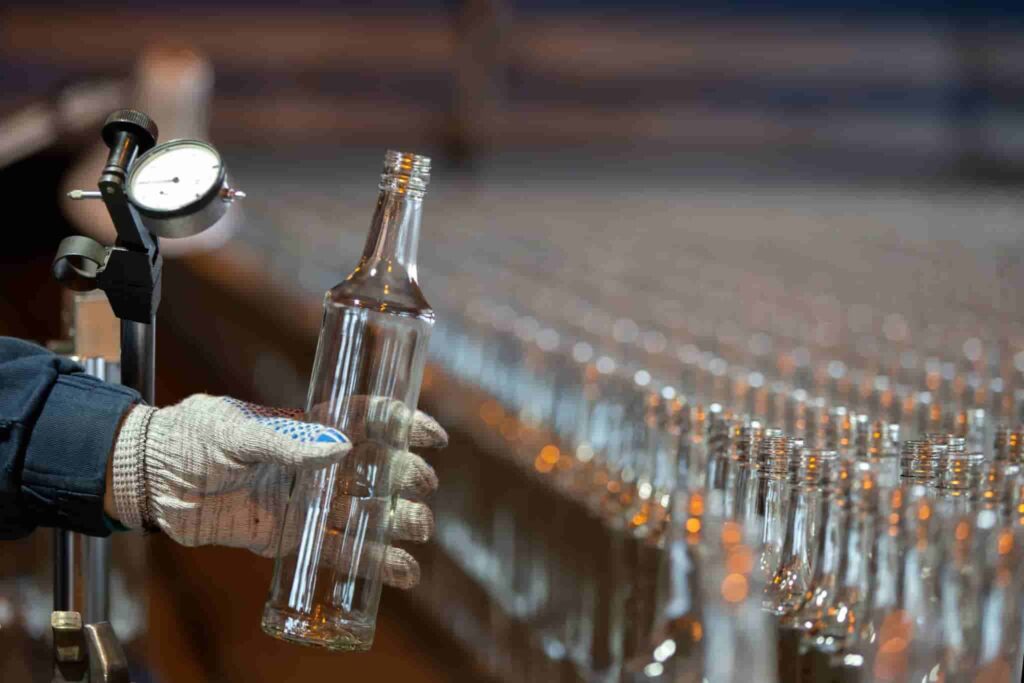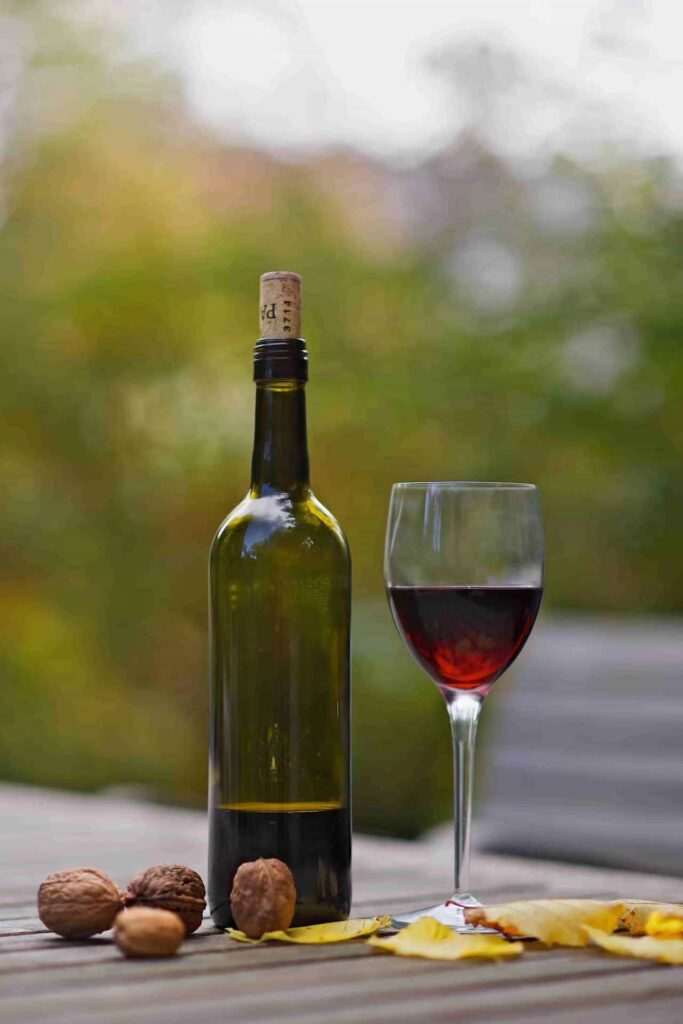In the dynamic world of wine packaging, the shift towards lightweight glass bottles represents a significant stride in innovation and sustainability. For procurement officers, wholesalers, and retailers in the wine industry, understanding the benefits and advancements in lightweight glass bottle technology is crucial. This article delves into the intricacies of lightweight wine bottles, offering insights into why they are an increasingly popular choice in today’s market.

Section 1 The Rising Demand for Lightweight Glass Bottles
1.1 Understanding the Shift
The wine industry has long been dominated by traditional glass bottles, which have served as a hallmark of quality and authenticity. However, with growing environmental concerns and the need for cost-efficiency, lightweight glass bottles have emerged as a viable alternative. These bottles, while maintaining the aesthetic and functional qualities of traditional glass, offer significant advantages in terms of sustainability and logistics.
1.2 Environmental and Economic Benefits
Lightweight glass bottles reduce the carbon footprint associated with wine packaging. They require less raw material and energy to produce, leading to lower greenhouse gas emissions. From an economic perspective, the reduced weight translates to lower transportation costs, benefiting both manufacturers and end-users. This shift not only aligns with environmental sustainability goals but also offers a cost-effective solution for wine brands.
Section 2 Technological Advancements in Glass Bottle Manufacturing
2.1 Innovations in Production
Advancements in glass production technology have been pivotal in creating lightweight yet durable bottles. Modern manufacturing techniques allow for thinner glass distribution without compromising the bottle’s integrity. This innovation ensures that the bottles can withstand the rigors of transportation and handling while being lighter in weight.
2.2 Quality and Aesthetics
Despite their reduced weight, these bottles maintain the high-quality standards expected in the wine industry. They offer the same clarity, color, and aesthetic appeal as their heavier counterparts, ensuring that the brand’s image and the consumer’s perception remain intact.

Section 3 Impact on Wine Brands and Consumers
3.1 Brand Perception
For wine brands, adopting lightweight bottles can enhance their image as environmentally responsible and forward-thinking. This move can attract eco-conscious consumers and align the brand with contemporary sustainability trends.
3.2 Consumer Experience
The reduced weight of these bottles also improves the consumer experience. They are easier to handle, pour, and store, making them more user-friendly, especially in settings like restaurants and bars.

Section 4 Challenges and Considerations
4.1 Navigating Production and Supply Chain Adjustments
Transitioning to lightweight glass bottles is not without its challenges. One of the primary concerns for wine brands is integrating these bottles into existing production lines. Bottling machinery and processes that were designed for traditional, heavier bottles may require adjustments or upgrades to handle the lighter, potentially more fragile variants. This transition can involve significant investment in equipment and training.
4.2 Quality Assurance and Product Integrity
Maintaining the quality and integrity of the wine is paramount. While lightweight bottles are designed to be as robust as their heavier counterparts, there are concerns about their long-term durability and their ability to protect the wine from external factors like light and temperature variations. Ensuring that these bottles can provide the same level of protection as traditional glass bottles is crucial.
4.3 Market Perception and Consumer Acceptance
Changing market perceptions and consumer acceptance is another challenge. There’s a risk that consumers might perceive lightweight bottles as lower quality or less premium than traditional heavy bottles. Wine brands need to engage in effective communication and marketing strategies to educate their consumers about the benefits and quality of lightweight glass bottles.
4.4 Compatibility with Closures and Labeling
The compatibility of closures (corks, screw caps, etc.) and labeling with lightweight bottles is an important consideration. The neck and opening of these bottles might differ slightly from traditional ones, necessitating a review of closure and labeling choices to ensure a perfect fit and maintain the aesthetics of the product.
4.5 Environmental Impact Assessment
While lightweight bottles are more environmentally friendly in terms of transportation and production, a comprehensive environmental impact assessment is necessary. Brands need to consider the full lifecycle of the bottle, including production, transportation, usage, and recycling, to truly understand and communicate the environmental benefits.
4.6 Balancing Costs and Benefits
Finally, there’s the consideration of cost versus benefit. While the long-term savings in transportation and environmental impact are clear, the initial investment in new production equipment and potential changes in supply chain dynamics can be significant. Wine brands need to carefully balance these costs with the anticipated benefits in sustainability and efficiency gains.

Conclusion
In embracing the future of wine packaging with lightweight glass bottles, the industry faces a transformative journey. While the benefits of such a transition are clear – environmental sustainability, cost efficiency, and alignment with consumer preferences – the road is paved with challenges that require careful navigation. Adapting to new production techniques, ensuring product integrity, managing market perceptions, and striking a balance between initial investments and long-term benefits are all critical factors.
However, these challenges also present opportunities for innovation, collaboration, and leadership in sustainability. As the industry moves forward, partnership and expertise will be key. In this regard, Smilebottles stands at the forefront, ready to assist and collaborate with wine brands, wholesalers, and retailers looking to make this transition.










